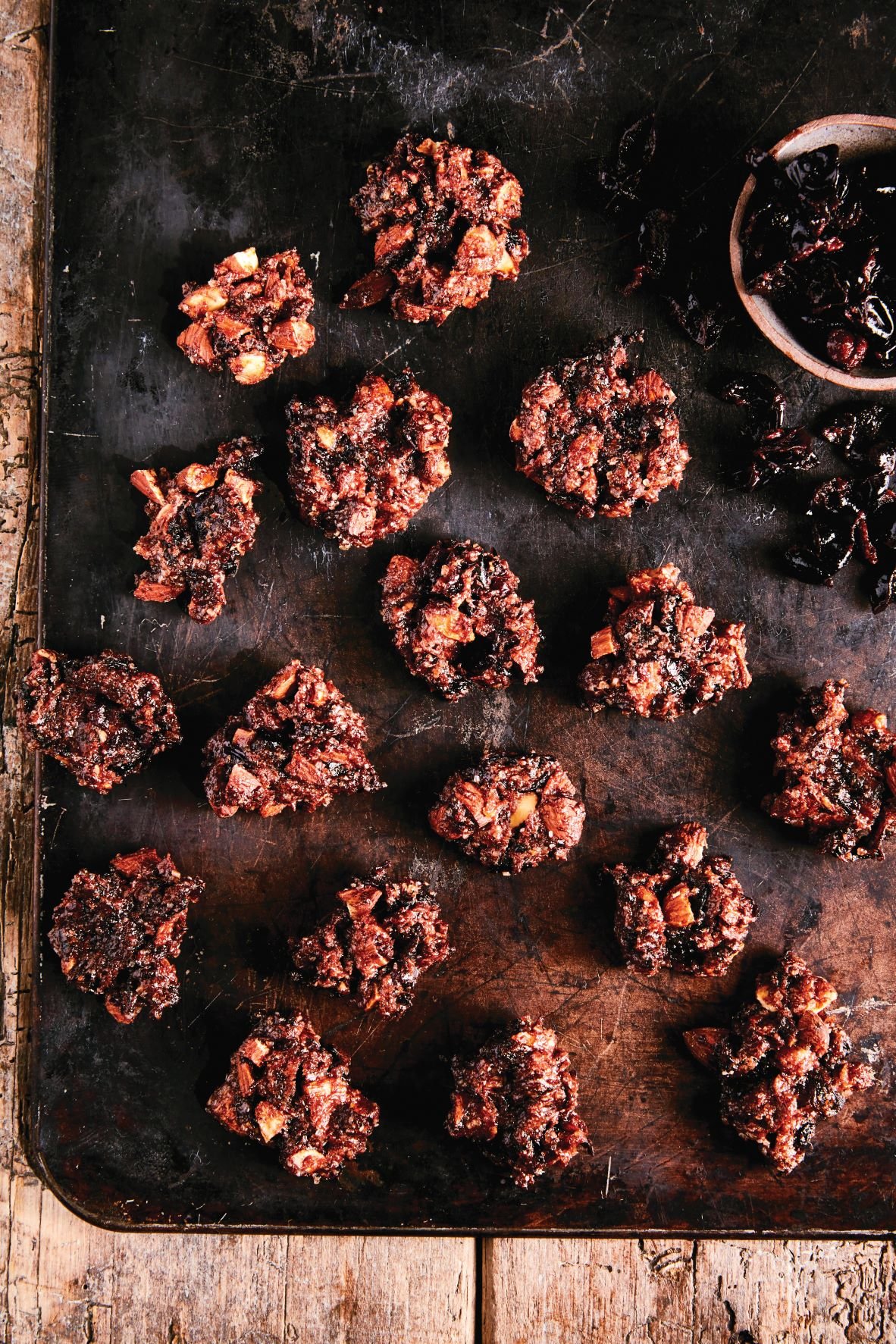They’re the stitches in the green and brown patchwork quilt of the English countryside; we should all get to know hedgerows a little better…
Hedgerows are among the most diverse habitats in Britain, sheltering 125 of our most threatened species. They also are a visual historical timeline, showing us where boundaries were made, lost, fought for and farmed over millennia. Yep. The humble hedge is Great British phenomenon. In homage to hedges (hom-edge, perhaps?), here are few quite interesting facts about hedges you may not know…
The word ‘hedge’ comes from the Anglo Saxon word ‘haeg’, meaning ‘enclosure.
Bats use hedges to navigate by, like natural sat-nav.
You’ll notice that in fields, the corners of hedges are usually a steady curve, rather than a sharp right angle; this was to allow space for a team of oxen and a plough to turn.
The most common hedgerow plant is hawthorn, by quite a long chalk. No one is absolutely sure why but it could be because the Celts had a tradition of planting hawthorn around their sacred places.
Some parishes in England and Wales still practise the Roman tradition of ‘beating the bounds’. On Ascension Day, locals would gather to march around the boundary hedgerows of the area, beating the stone walls and hedges with sticks.
You can work out the age of a hedge by picking a 30-metre length, counting the number of different species of trees and shrubs in it and mulitplying that number by two. So if you spot five different species, you can reckon on the hedge being around 500 years old.
In our May issue, which is in shops now, foraging guru Lia Leendertz has lots of tips for foraging in hedgerows and recipes for your hedgerow treasure, from hawthorn and basil mayonnaise to elderflower champagne. Find it on p6.
Get hold of your copy of this month's The Simple Things - buy, download or subscribe







